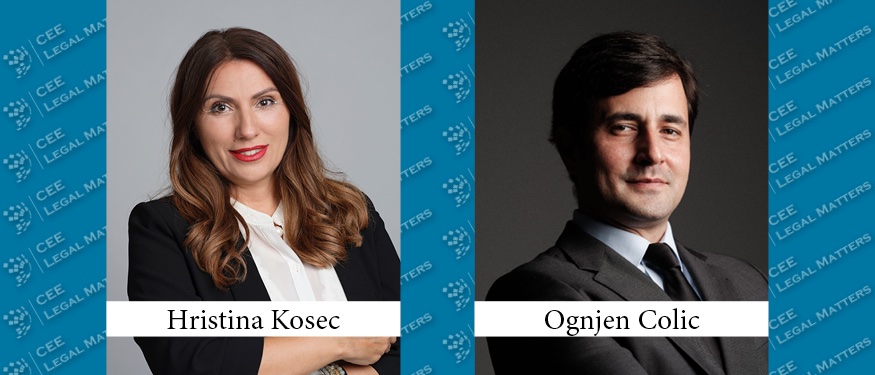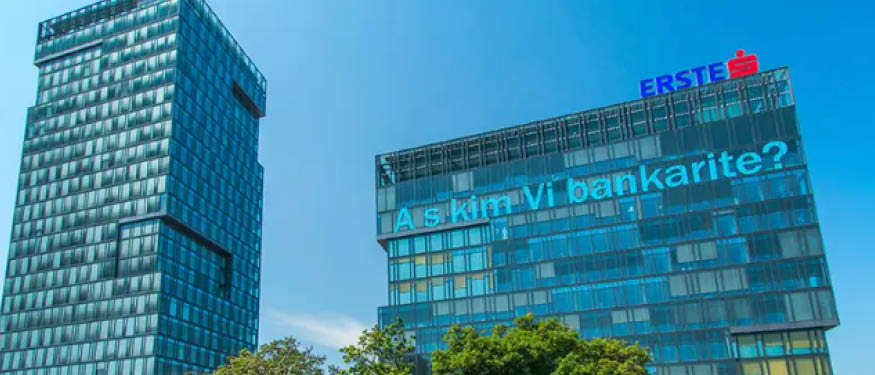Serbia has been making great strides in expanding its use of renewable energy in recent years, focusing on reducing its dependence on non-renewable sources and ensuring sustainable growth for its energy sector. Although the country has a wealth of natural resources, by now, Serbia’s reached a renewable energy capacity of 3,490 megawatts, of which 2,342 megawatts are from hydropower plants and the rest are from other renewable resources. Serbia’s abundant wind and solar energy potential will enable substantial progress in transitioning to green energy in the years to come. The impact of renewables on the Serbian industry will be significant, leading to reduced energy costs for businesses and greater energy independence. The growth of the renewables sector will also create new employment opportunities, particularly in construction, maintenance, and engineering. The industry will become a significant catalyst for Serbia’s economic development.
Historically, coal has been the country’s primary energy source for electricity generation and heating. Serbia sources most of its coal in the Kolubara and Kostolac basins, which contain high-quality reserves. The Serbian energy sector has undergone significant changes in recent years, as the country moves towards a more sustainable future. According to the Republic of Serbia’s firm policy orientation towards renewables, reflected in the Integrated National Energy and Climate Plan draft, Serbia should generate 40% of its energy from renewable resources by 2030 and become climate-neutral by 2050. These objectives represent a significant increase compared to the 27% threshold set today. The investment plan for energy and mining is valued at EUR 35 billion, of which EUR 21 billion will go toward green power plants. The program has led to new wind and solar energy venture development and the expansion of existing projects in hydro, aiming to reach the greenhouse gas emissions target by 2050, with a combined capacity of 27,850 megawatts. Serbia will also invest in new infrastructure, transmission, and distribution networks.
The Serbian government also introduced incentives to encourage the adoption of clean energy solutions, including tax breaks and subsidies for businesses and individuals. The Act on Utilization of Renewable Energy Sources rolled out subsidies to cover 50% of the investment in energy efficiency and rational use of energy solutions, which led to the growing numbers of prosumers – individuals and businesses that both produce and consume energy. The goal is to involve up to 20.000 households. This trend has enabled the growth of a decentralized energy system and the creation of new capacities for green power generation, enabling businesses of all sizes to benefit from renewable energy. According to the Ministry of Mining and Energy, the total installed capacity with prosumers in Serbia in the past six months amounted to 5.17 megawatts.
Back in 2013, on its path towards a greener future, Serbia introduced financial incentives in the form of feed-in tariffs to provide funds to incentivize the production of renewable energy at wind farms, small hydropower plants, biogas power plants, and solar power plants. Following the steps in all the EU member states, where feed-in tariffs were abandoned, in 2019 Serbia announced the transition to auctions, an incentive model that is more market-based and which lowers fees paid by citizens and businesses. Market premiums are another incentive for energy producers, paid when they sell their electricity. The government will pay a premium only if the electricity price in the market is lower than the one realized at auction. When the market price is higher, the electricity producer will be required to pay premiums.
These incentives have been a significant driver for RES development in Serbia. However, current market circumstances are creating entirely new opportunities for the industry. Renewable energy producers in Serbia have been opting out of incentives and selling electricity on the market – as a more profitable option – due to rising market prices. Large companies, primarily manufacturers, also invest in their own renewable capacities to mitigate the rising energy costs.
The energy crisis has strengthened the government’s resolve to accelerate initiatives to diversify and mitigate dependencies. At the same time, commercial entities have understood the sector’s long-term potential and quickly adapted to the changing market. New bylaws are expected to refine and adjust the solid foundation provided by the 2021 energy regulatory package and further harmonize it with EU law in the sector.
By Hristina Kosec and Ognjen Colic, Partners, Gecic Law
This article was originally published in Issue 10.2 of the CEE Legal Matters Magazine. If you would like to receive a hard copy of the magazine, you can subscribe here.
















